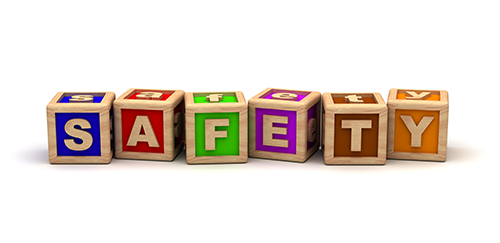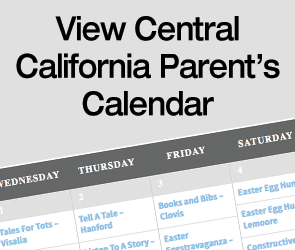Safe at Home?

By Kristina Pasma
Children and accidents are always on a collision course, but a few simple preventive steps can ensure that your young family member can avoid becoming a sad statistic.
An estimated 9.2 million children annually have initial visits to an emergency room for treatment of unintentional injuries, the federal Centers for Disease Control and Prevention (CDC) reports.
The statistics are sobering: More than 18,000 Americans die each year from injuries occurring in or around the home and unintentional injuries account for 21 million medical visits at an annual cost of about $220 billion.
For children, the leading causes of these injuries are falls, falling furniture and televisions, suffocation and choking, drowning, fires and burns.
Falls were the cause of 2.8 million children’s injuries and half of those injuries were to children under a year old, the CDC reports. Each day, 8,000 children (from infant to 19 years old) visit an emergency room because of injuries from falls.
From 2011 to 2013, emergency rooms treated 15,400 patients for falling televisions, the U.S. Consumer Products Safety Commission (CPSC) reports. In those incidents, 9,800 involved children younger than 9 years old and the commission reported that 6,800 of those injuries were to children under 4 years old.
Nonfatal suffocation rates also are highest for infants under a year old. Suffocation most often occurs in infants who are unable to breathe while they sleep. Toddlers are at the highest risk of suffocating from choking on food or other small objects.
And, you aren’t much safer in your backyard. Drowning is a leading cause of death and injuries for children four years old and younger. Three children die each day from drowning, which frequently occurs because of inadequate adult monitoring. Drownings can occur in as little as an inch of water in a pool, bathtub or bucket of water.
Injury rates for fires and burns also are highest among children under 4 years old. Younger children often suffer burns related to hot water in a bathtub or from a stove. Two children die each day because of burns and about 300 children arrive at emergency rooms each day because of burn injuries. Older children’s burns are more frequently associated with direct contact with fire.
Preventing the next accident
Ensuring your child’s safety requires little financial investment and just a few extra seconds of time.
Reducing falls: use safety approved gates at the top and bottom of stairs and, if possible, attach them to a wall; keep young children strapped in high chairs, swings or strollers; when placing a baby in a carrier, always place the carrier on the floor, not atop tables or other furniture; and install window guards to prevent window falls.
Preventing television and furniture tip overs: mount flat-screen televisions to a wall to prevent them from falling off stands; use brackets, braces or wall straps to secure unstable or top heavy furniture; place box-style televisions on low, stable furniture; and place electrical cords out of a child’s reach and teach children not to play with them.
Safer sleep: make sure babies sleep on their backs and in their own cribs; use tightly fitted sheets over crib mattresses; avoid soft bedding, such as pillows, stuffed animals and bumpers in the sleep area; and consider room sharing instead of having a baby sleeping with adults in their bed.
Water safety: actively supervise children around water and avoid distractions such as cell phones; make sure pools have four-sided fencing at least four-feet high with a self-closing, self-latching gate; and enroll children in swimming lessons.
Preventing burns and scalding: don’t hold a child while cooking on a stove; set water heater to 120 degrees; use a rear stove burner; and turn pot handles away from the edge.
Fire safety: install smoke detectors on every level, especially near sleeping areas; test batteries every six months; create and practice a fire escape plan; keep anything that can catch fire away from stovetops; and blow out candles when you leave a room or go to sleep.
For more information on preventing children’s injuries, go to the Injury Free Coalition for Kids at: https://www.injuryfree.org
Central California Parent is the #1 FREE parenting resource for Central Valley families.
Stay connected with Central California Parent throughout the month!
• Like Us on Facebook
• Follow Us on Instagram
• Follow Us on Pinterest
• Follow Us on Twitter
• Subscribe For our Family E-Newsletter
• Read Our Digital Edition
• Enter for our FREE Giveaways






